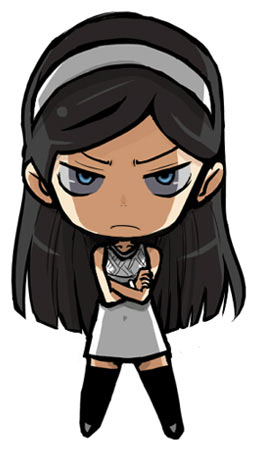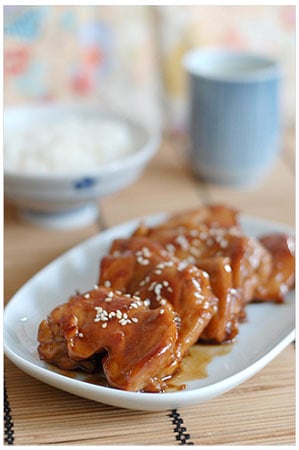Japanese is a very subtle language, and I thought it’d be interesting to examine the many ways you can express the word “no.” The Japanese word for “no” is iie, pronounced “ee-EH,” but it’s considered too direct for most everyday uses. A more common way to reply negatively to a question might be to use the word chigau (lit. “wrong”) or iya (pronounced “ya”), a fairly common general negating word that sounds softer to the ear. One phrase that will also get the job done is dame (dah-meh) or dame desu, but this often carries a strong nuance of “it’s no good” or “it’s not allowed,” so it’s easy to use it wrong and cause offense. The Japanese are very good at answering a delicate question in the negative using words so subtle, poor gaijin like us might not know what’s being said. If asked whether a piece of cake was delicious, you could delicately reply chotto… (which just means “a little…”), and the overall meaning would be understood without anything being said openly. One good way to get a feel for the subtleties of Japanese is to read a lot of manga. Since 90% of the text in manga consists of dialogue being spoken by characters, it’s a good way to expose yourself to “real” (thought somewhat stylized) Japanese. Best of all, many manga volumes we sell feature furigana (hiragana written above or beside the kanji characters), making them easier to read.

Many ways to express “no” in Japanese.















